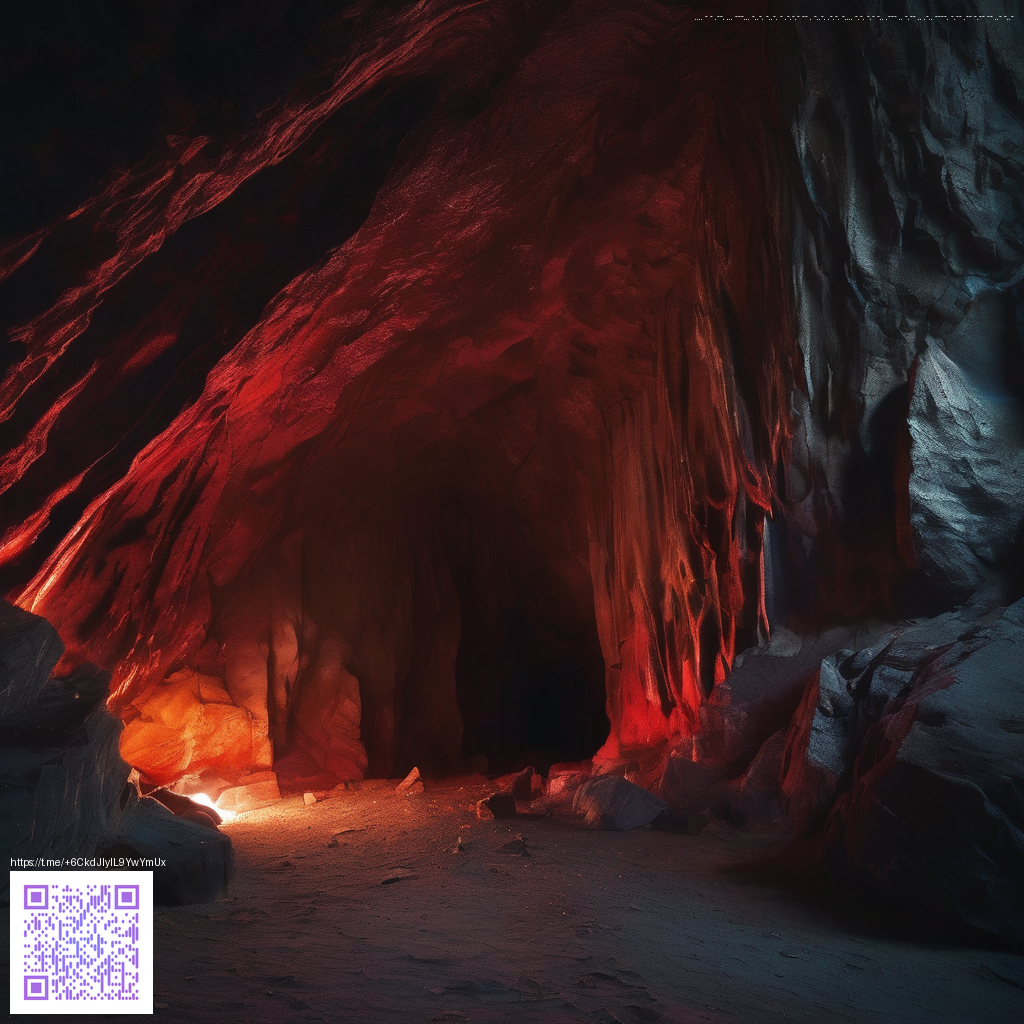
Disappointments and Delays A Retrospective on Pokémon Sword and Shield
When Pokémon Sword and Shield released in late 2019, fans flocked to the winding lanes of the Galar region with bright anticipation and big questions. The promise of a bold new era for the series sat alongside a handful of controversial decisions that would become talking points for years. This piece digs into the most discussed drawbacks, how they shaped player impressions, and why the conversation around them still surfaces in the community today 💠꩜
Missing the National Dex and the scope debate
Few topics ignited debate as fiercely as the decision to skip a full National Dex on release. The absence of hundreds of Pokémon from the regional roster was presented as a design choice to streamline the adventure, but it felt like a missed opportunity to long time fans who value a broad, interconnected Pokédex. The online communities argued that the regional roster should have evolved as an expansion of the broader catalog rather than a narrowed snapshot. The conversation isn’t simply nostalgia; it speaks to how players imagine a living, evolving ecosystem around their favorite games.
Wild area ambitions versus traditional progression
The Wild Area introduced a new sense of exploration and weather driven encounters, yet many players found that the ambition collided with the core pacing of a typical Pokémon journey. While some loved the dynamism and the social bustle of online raids, others felt that the broader open world vision didn’t fully deliver a cohesive experience that matched the series’ strategic depth. The result was a split in community sentiment the moment the credits rolled, with some praising risk taking and others yearning for a more tightly woven campaign flow.
Post launch content and the DLC timeline
In hindsight the two DLC packs Isle of Armor and The Crown Tundra softened the blow for many, but the timing and scope left questions about what the base game could or should have offered from day one. Isle of Armor released on June 17, 2020, expanding the narrative, introducing new Pokémon, and adding fresh raids and challenges. The Crown Tundra followed on October 22, 2020, delivering more legendaries and a satisfying set of puzzles. These updates reframed the conversation about content longevity, yet some fans still felt the base game fell short of expectations around ongoing, substantial post game opportunities from the start.
Community voices highlighted a desire for deeper replay value and more meaningful endgame loops. The broader dialogue often balanced praise for the DLCs with reminders that a strong ongoing cadence in the base experience can matter just as much as post release additions. The dynamic underscores a timeless tension between tight on day one experiences and long tail support that keeps players engaged over years.
Competitive balance and move sets in flux
Competitors and casual battlers alike watched over the meta as it evolved with each patch and expansion. The portable format brings constraints, and balancing the competitive scene while introducing new mechanics remains a delicate act. The discussions around move rebalances, tier shifts, and new exploits became a staple of the community’s meta analysis. Even with patches that addressed some concerns, fans continued to debate whether the core battle systems were as refined as they could be in a living, online environment.
Modding culture and community workarounds
The Nintendo Switch platform naturally curtails traditional modding paths, but the community nonetheless found ways to extend the experience. Challenge runs, teambuilding experiments, and data focused discussions kept the game alive in streams and forums even as players waited for new content. This ecosystem demonstrates how a dedicated player base can reframe perceived shortcomings into creative, shared experiences that still feel fresh years after release 💠
Developer commentary and the path forward
From the perspective of Game Freak and The Pokémon Company, the release represented a moment of bold experimentation paired with a commitment to evolving the platform through paid DLC. The publicly shared timelines for Isle of Armor and The Crown Tundra underscored a strategy aimed at extending the life of a popular title while continuing to refine the broader series’ approach to global releases. The dialogue around these updates reveals a community that values transparency and iterative improvement, even when initial expectations aren’t fully met.
Overall, the criticisms reflect a franchise balancing tradition with innovation. The conversation underscores a central truth about Pokémon Sword and Shield: a bold reimagining of how players encounter Pokémon in a modern setting can spark both enthusiasm and controversy. The subsequent expansions showed a clear willingness to listen, adapt, and add meaningful new content, even if the base experience left some fans yearning for more from day one.
For players who care deeply about the craft of game design and long term engagement, these discussions are not nostalgia trips but a living case study in how large titles evolve in the wild. The balance between scope, pacing, and post release support remains a touchstone for future entries in the series, and the discourse around the launch era continues to inform how developers approach crowd expectations in ambitious, beloved franchises 🌑👁️
Support the Decentralized Internet